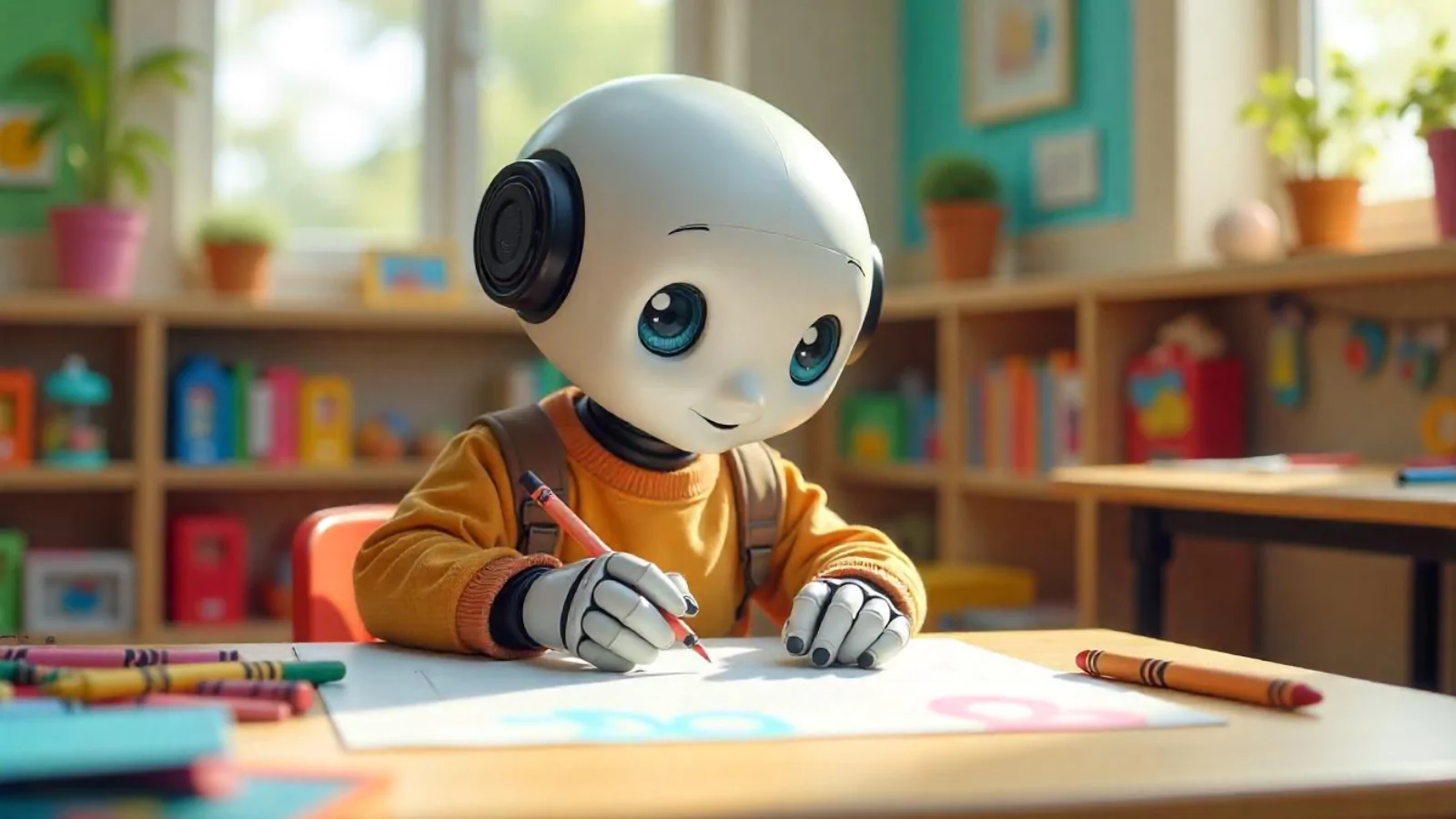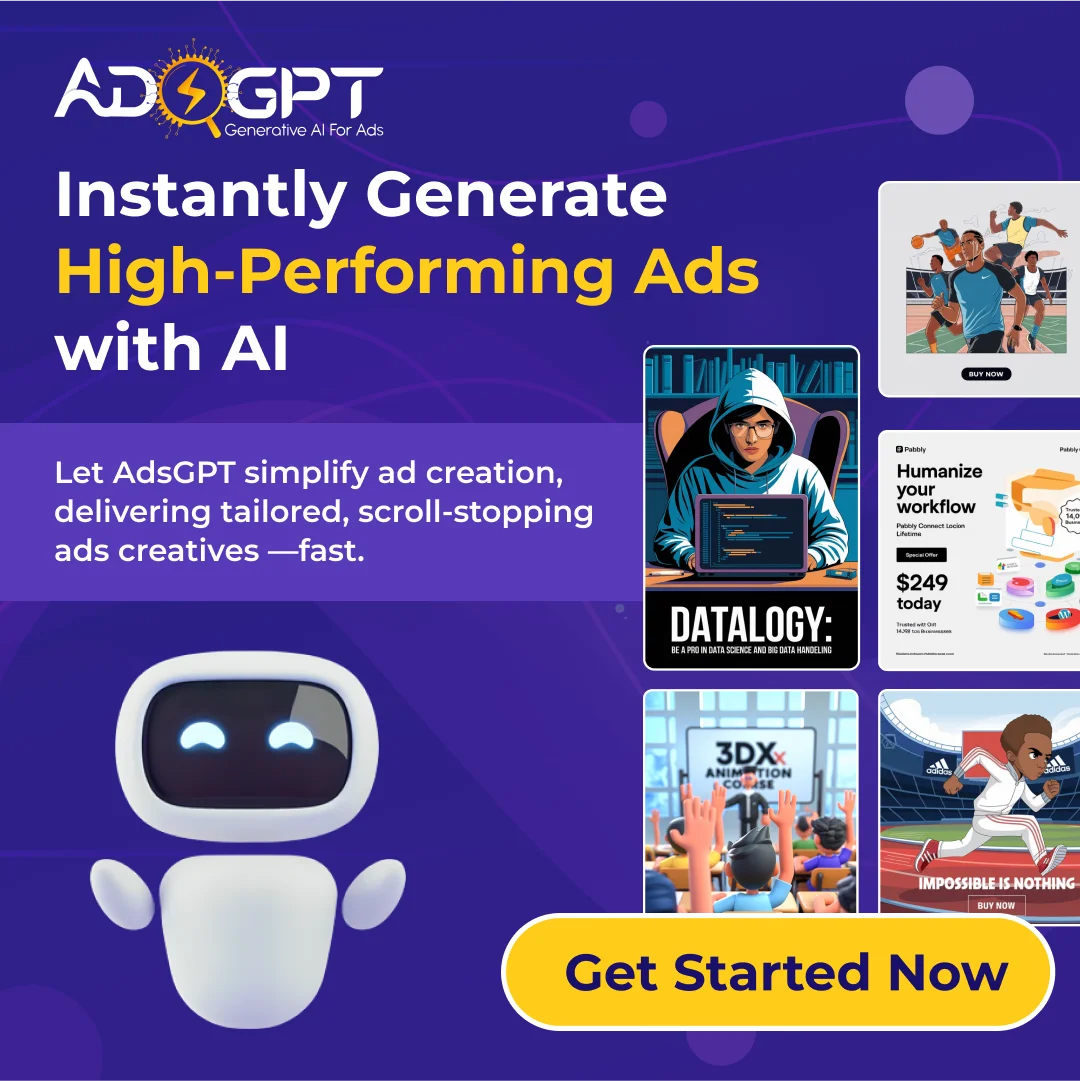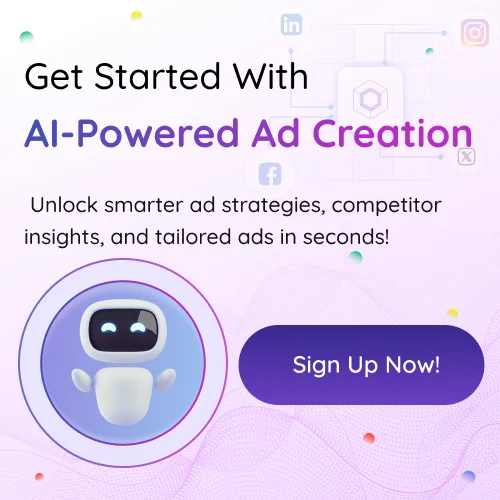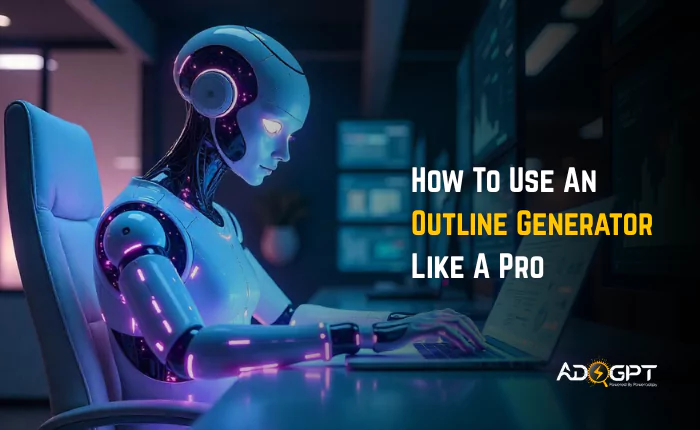
A recent study revealed that marketers who organize their content with a structured plan are 313% more likely to report success. That number alone tells us something: structure drives outcomes. For copywriters, marketers, and media professionals, creating outlines is no longer a behind-the-scenes chore, it’s now a strategic necessity. This is where an outline generator becomes a game-changer.
So what makes these generators essential? And how are AI-powered versions reshaping the creative process? We will explore everything about the outline generator. Let’s dive in!
What Is An Outline Generator?
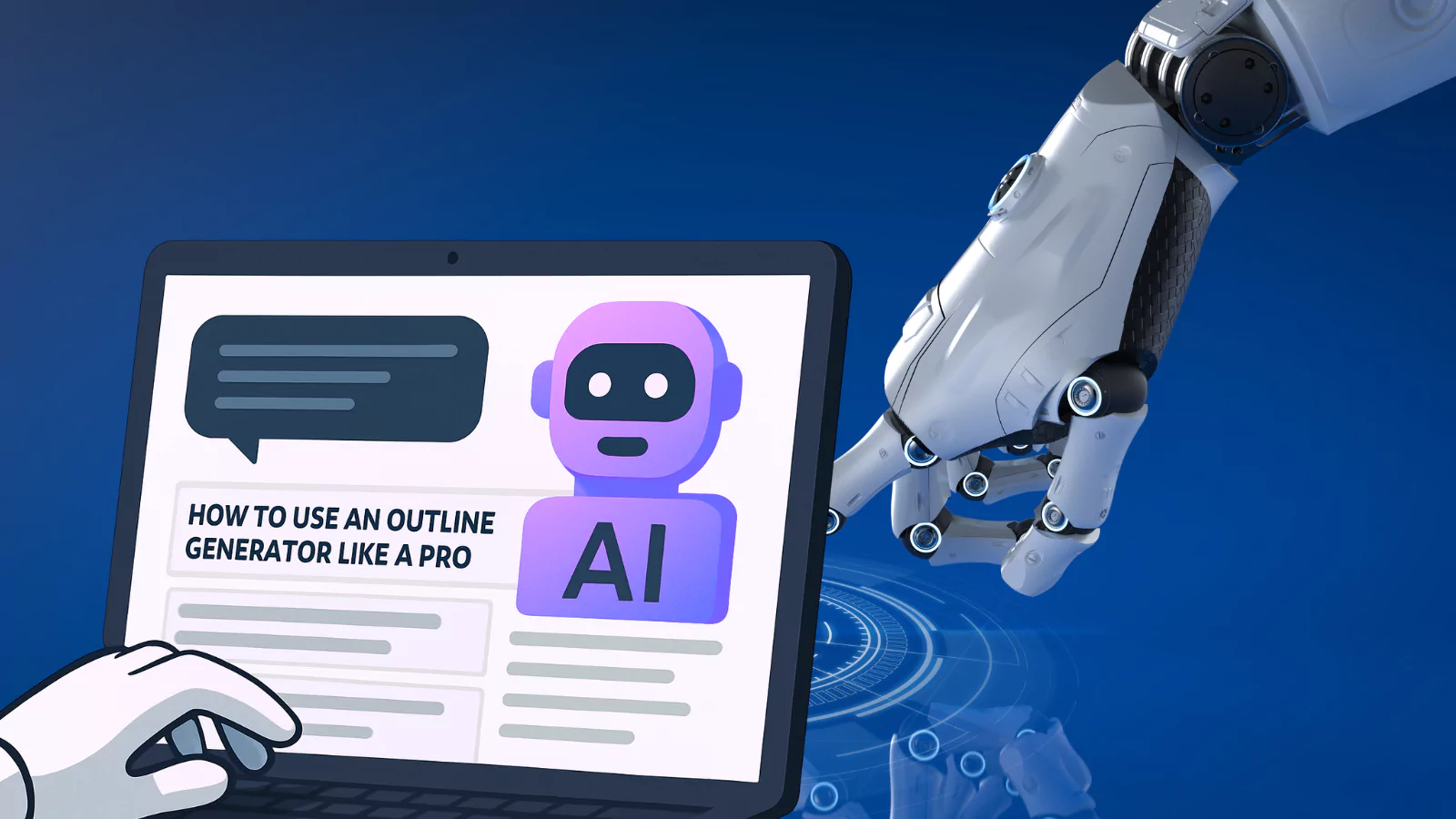 An outline generator is a tool, often powered by AI, that helps you organize your thoughts, structure your message, and plan your content before you begin writing. It works by generating a content skeleton based on key inputs like your topic, audience, tone, and objectives.
An outline generator is a tool, often powered by AI, that helps you organize your thoughts, structure your message, and plan your content before you begin writing. It works by generating a content skeleton based on key inputs like your topic, audience, tone, and objectives.
Instead of facing a blank page, you start with a framework: clear headings, suggested subpoints, and sometimes even prompts that align with your goals. Whether drafting an ad, writing a script, or designing a campaign, an outline generator gives you a starting point and a direction.
Modern tools are tailored to different needs. You’ll find generators built specifically for ad copy, marketing campaigns, video scripts, and even headlines—each designed to save time while improving message clarity and flow.
Why Marketers Are Turning To Outline Generators
Content planning, especially for ads and scripts, demands speed, creativity, and clarity. Manual outlining often creates bottlenecks. An outline generator helps by automating that first essential step, providing a clear framework to build on. Whether you’re writing a product pitch, video script, or ad campaign, you need a roadmap. That’s exactly what a good outline provides: focus and flow.
But not all outline tools are created equal. Some are built specifically for ad copy, others for long-form content, or even marketing campaigns. Let’s take a deeper look at how outline generators are streamlining each stage of the content creation cycle.
How An Outline Generator Works?
An outline generator simplifies idea mapping by asking a few key questions. Once you provide your topic, goals, and audience, it constructs a skeleton of your content. This includes headings, subheadings, and suggested talking points. Instead of a blank screen, you get a structure that guides your writing from start to finish.
The best tools go beyond generic templates. They adapt to tone, intent, and platform. For example, an ad copy outline generator will prioritize value propositions, emotional triggers, and call-to-action cues right up front.
Now that we understand the basic function, it’s important to recognize how AI is pushing this functionality even further.
The Rise of The AI Outline Generator
With AI becoming integral to content operations, the AI outline generator takes manual effort out of planning. It analyzes successful content structures across industries, pulling insights into how outlines should be shaped based on performance.
Think of it like this: You input a campaign theme or product, and the AI suggests an outline that mirrors successful patterns while offering original framing. This saves time and enhances consistency across different channels.
But how does this apply specifically to ad creatives? Let’s move into ad-centric content planning next.
How To Use Ad Copy Outline Generator For Precision?
Ad copy needs to hit hard and fast. You have only a few seconds to get your message across. An ad copy outline generator helps distill your message by laying out the essential structure: headline, hook, benefit list, and call-to-action.
This outline works especially well for PPC campaigns, social ads, and landing page copy. You don’t waste time thinking about where to place the value prop or how to organize features—it’s already mapped. Your job becomes refining the message, not starting from scratch.
Once the copy is in shape, the next piece of the puzzle is often video content. And for that, there’s another specialized tool.
Also Read
Ad Copy Compliance: The Key To Successful Advertising
Everything You Need To Know About Campaign Tracking
How Ad Script Generator Bridges The Visual And Verbal Gap
Video ads blend narrative with visuals, which means your structure must support both. An ad script generator builds outlines that cater to scriptwriting needs—scene breakdowns, dialogues, visual cues, and CTA placement.
It considers duration, audience behavior, and even pacing. The result is a script outline that guides creators and editors alike. This automation reduces script revisions and aligns the creative with marketing intent.
Once your copy and script are aligned, the bigger picture needs attention: the campaign itself. That brings us to a broader application.
Scaling With A Marketing Campaign Outline Generator
For marketers juggling multi-channel campaigns, consistency is key. A marketing campaign outline generator gives you a high-level blueprint that includes objectives, messaging pillars, platform-specific content flows, and timelines.
This allows you to visualize how each content piece fits into the whole. It also helps teams collaborate without misalignment. The outline acts as a single source of truth. You can go from ideation to execution without missing critical elements.
Now that the structure is clear, you need to ensure each content piece starts strong, and that’s where headlines come into play. But before we dive into that, I want to introduce you to a tool that helps you write platform-specific ad copies. Excited to learn more? No more waiting, I’ve got you!
How AdsGPT Helps You Write Platform-Specific Ad Copy?
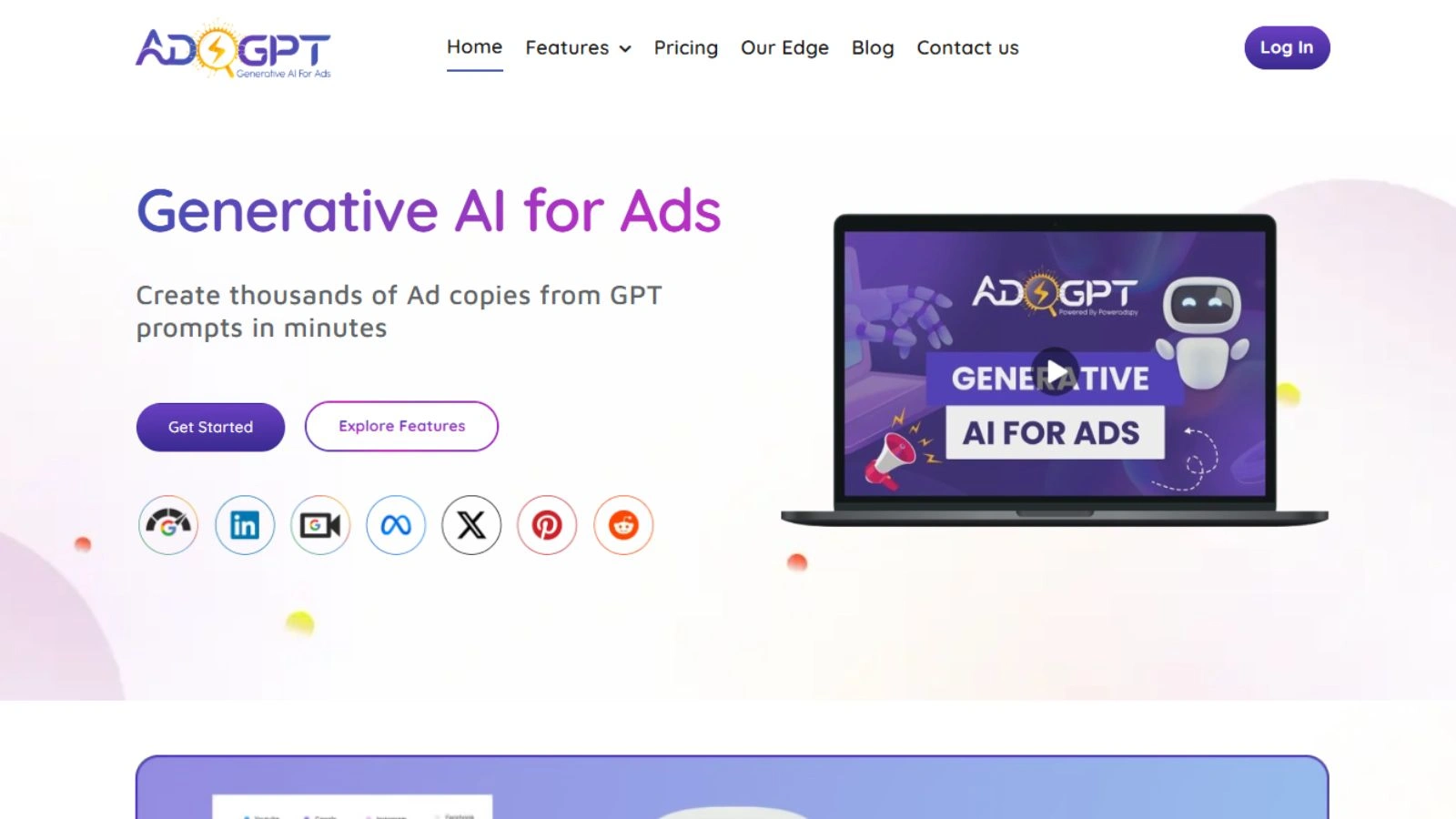 If you’re constantly juggling between platforms to create tailored ad copies for Google, Meta, LinkedIn, or Twitter, you’re not alone. Each platform has its own formatting rules, tone expectations, and audience behaviors, and switching between them can slow you down and drain your creative energy. That’s where AdsGPT, an ad generative AI tool, steps in.
If you’re constantly juggling between platforms to create tailored ad copies for Google, Meta, LinkedIn, or Twitter, you’re not alone. Each platform has its own formatting rules, tone expectations, and audience behaviors, and switching between them can slow you down and drain your creative energy. That’s where AdsGPT, an ad generative AI tool, steps in.
AdsGPT is designed to eliminate the chaos of multi-platform ad copywriting by centralizing your creative process. From instant generation to platform-specific optimization, it gives you everything you need to craft compelling, high-performing ads fast.
What AdsGPT Helps You Do:
Platform-Specific Optimization
AdsGPT enables you to produce ad copies optimized for each platform’s unique requirements, so your message feels native whether it’s a Google search ad or a Twitter post.
Instant Ad Copy Generation
AdsGPT lets you create platform-ready ad copies for Google, Meta, LinkedIn, Twitter, and more—instantly. It helps you move from idea to execution without missing a beat.
AI-Powered Creativity
With AdsGPT, the heavy creative lifting is handled by AI. It generates engaging, high-converting ad copy based on your inputs, campaign goals, and proven industry best practices.
Competitor-Inspired Content
AdsGPT helps you stay ahead by analyzing competitors’ ads. You can pick an ad that inspires you, and AdsGPT will instantly generate a similar version tailored to your brand.
High-Quality Ad Creatives (Visuals & Images)
With AdsGPT, you can generate not just copy but polished visual creatives too. It helps you craft image-based ads that align with your message and grab attention across feeds.
Organized Copy History
AdsGPT allows you to access your entire ad copy history at any time. This helps refine your messaging, track what’s worked, and spark ideas for future campaigns.
Make A First Impression Impactful With Ad Headline Generator
A compelling headline pulls users in. An ad headline generator crafts headline outlines that suit different formats—email subject lines, Google ads, Instagram captions, and more.
You get variations based on emotional triggers, urgency, curiosity, or value. These suggestions aren’t just creative; they’re data-driven, often inspired by high-performing campaigns. When paired with your outline, these headlines set the tone and direction right from the top.
You now have a structure and a tool. But what does it mean for the creative team as a whole?
Team Collaboration Becomes Smoother
An outline generator creates alignment between writers, designers, and strategists. Everyone understands the framework and can contribute without backtracking or reworking. Feedback becomes more focused, and deadlines are easier to hit.
Plus, with consistent structures, your brand voice becomes more unified across campaigns. That kind of coherence isn’t just nice to have, it builds long-term trust with your audience.
So, how should you begin incorporating these tools into your workflow?
Practical Tips For Using Outline Generators
Start by identifying repetitive content tasks that could use a framework. Test a few AI-powered outline tools with small campaigns or blog drafts. Evaluate based on how well the tool adapts to your tone, aligns with your goals, and cuts down your planning time.
Save and iterate on outlines that work well. Treat them as templates for future campaigns. Soon, your team will operate from a library of reliable, flexible content blueprints.
The result? More speed, less friction, and higher quality.
Before we close, let’s forecast where this is all headed.
What The Future Holds For Outline Generation?
With generative AI advancing rapidly, outline generators will become even more context-aware. Tools will be able to draft structures based on campaign performance metrics, competitor analysis, and user behavior patterns.
Expect integrations with CMS platforms, ad managers, and CRMs. That means your outlines won’t just guide your creativity—they’ll tie directly into distribution, scheduling, and analytics.
And that brings us to one final thought.
Closing Thoughts
The success of any campaign often hinges on its structure. With an outline generator, you’re not just saving time; you’re setting up every piece of content for clarity, purpose, and performance. From initial drafts to full-scale campaigns, outlines aren’t just a behind-the-scenes tool anymore, they’re the foundation.
If you’re looking to enhance your creative workflow, reduce planning friction, and improve campaign outcomes, now is the time to start using these tools.
Try one. Test its output. And let the structure guide your creativity.

